By connecting the inter-hospital emergency system and the intra-hospital red alert system, many stroke patients have been successfully treated within 30-45 minutes of arrival at the hospital thanks to the rapid response process and the application of modern techniques at Thanh Hoa Provincial General Hospital.
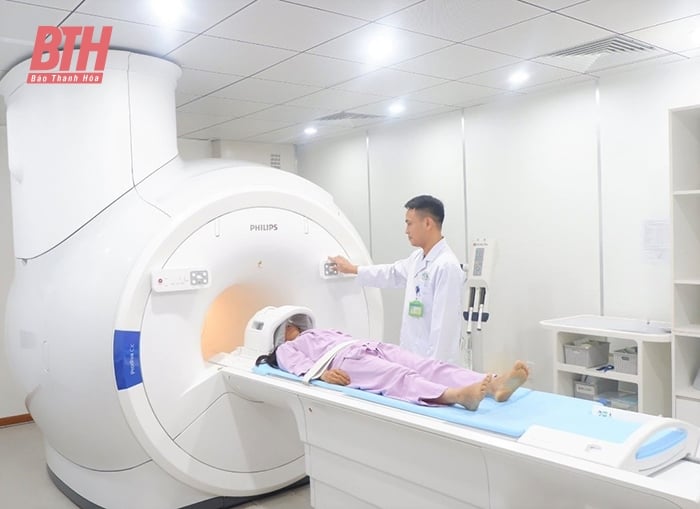
In late April 2023, the Stroke Unit of the Neurology and Stroke Department at Thanh Hoa Provincial General Hospital unexpectedly activated an internal emergency red alert to prepare for the treatment of a high-risk, potentially fatal stroke case transferred from a lower-level hospital. Doctors from relevant specialties quickly arrived, urgently provided emergency care, and successfully saved the patient's life, minimizing long-term consequences within just over 30 minutes of admission.
Approximately three hours earlier, patient LVH, 66 years old, from Dinh Tang commune (Yen Dinh district), suddenly exhibited symptoms such as difficulty speaking, facial asymmetry, impaired consciousness, right-sided hemiplegia, and agitation. His family immediately took him to a local medical facility for emergency treatment. Doctors prescribed intravenous thrombolytic therapy. However, due to the inability to re-establish blood flow to the blocked vessel, the patient's condition worsened. The doctors at the lower-level medical facility immediately held an online consultation with experts from the Neurology - Stroke Department of Thanh Hoa Provincial General Hospital via the Thanh Hoa Stroke Emergency group and transferred the patient to Thanh Hoa Provincial General Hospital.
The patient's prognosis required urgent emergency intervention. To take advantage of the critical window of opportunity in stroke treatment, as the patient was already five hours into their condition by the time of the consultation, the doctors at the Emergency Center and Stroke Unit of Thanh Hoa Provincial General Hospital activated the internal red alert system upon receiving the referral from the lower-level facility. They notified relevant units in advance to prepare personnel, equipment, and instruments for immediate emergency care upon the patient's arrival. Within 30 minutes of admission, the patient underwent necessary paraclinical tests. The results of the 1.5 Tesla MRI of the brain and cerebral angiography showed complete stenosis of the left internal carotid artery accompanied by atherosclerosis. The doctors diagnosed the patient with acute ischemic stroke due to cerebral artery thrombosis; without urgent intervention, the chances of recanalization were very low, and the risk of death was high. Immediately afterward, the patient was transferred directly to the intervention room. The intervention team inserted a catheter into the femoral artery, accessed the blood clot, and used a Solitaire mechanical device to remove it. Just over two hours after the intervention, a reassessment showed the patient was conscious, responsive, speaking clearly, and no longer had right-sided hemiplegia. After five days of treatment, the patient recovered well, was able to move and walk normally, and was discharged from the hospital.
Dr. Nguyen Hoanh Sam, Head of the Neurology and Stroke Department at Thanh Hoa Provincial General Hospital, said: "In the case of patient LVH, if the cerebral blood vessels were not revascularized in time, the risk of disability or even death would be very high. By mastering the technique of mechanical thrombectomy, Thanh Hoa Provincial General Hospital has helped many stroke patients avoid disability and even death. However, this is a highly advanced technique requiring very strict indications. Besides modern equipment and the expertise of the doctors, one of the key factors for success is that the patient must come to the hospital as soon as possible after stroke detection, within the golden time (the first 6 hours) from the onset of the disease."
According to statistics from the Vietnam Stroke Association, in recent years, the percentage of stroke patients admitted to the hospital within the "golden hour" has remained very low, accounting for only about 10-15%. Approximately 85-90% of patients arrive late, thus missing out on modern treatments such as intravenous thrombolysis and mechanical thrombectomy. At Thanh Hoa Provincial General Hospital, to maximize the "golden hour" in stroke emergency care, upon receiving an urgent internal emergency alert, doctors at the Emergency Center immediately connect with various specialized departments including emergency medicine, neurology, diagnostic imaging, and interventional cardiology. Security personnel, elevator operators, and nurses prioritize opening a separate access route. Patients are assessed immediately in the emergency room and quickly receive CT or MRI scans according to priority protocols. The results of CT and MRI scans are reviewed and interpreted immediately by relevant specialists on the PACS system, and can even be discussed remotely via mobile phone, allowing for decisions on appropriate treatment or intervention within a maximum of 30-45 minutes of the patient's admission.
Furthermore, as the provincial-level referral hospital, Thanh Hoa Provincial General Hospital's neurology and stroke specialists have established a stroke emergency network and a Zalo group for online consultations on neurology and stroke to provide professional guidance to lower-level facilities for urgent and complex cases. The hospital also regularly organizes training programs and seminars on neurology and stroke with speakers from domestic and international experts to update the knowledge of medical staff at lower-level facilities. The current global trend for stroke treatment is that smaller centers will perform intravenous thrombolysis; if recanalization fails, patients will be transferred to larger centers capable of mechanical thrombectomy.
To keep pace with global treatment trends, Thanh Hoa Provincial General Hospital regularly conducts training programs on thrombolysis for lower-level hospitals, hoping that all district-level hospitals with CT scanners can apply thrombolysis techniques at their facilities. As a result, the rate of stroke patients receiving timely emergency care and reperfusion therapy has steadily increased over the years. Thanks to the efforts of the stroke emergency and treatment team, in 2022, Thanh Hoa Provincial General Hospital was awarded Platinum certification by the World Stroke Organization (WSO). To date, Thanh Hoa Provincial General Hospital is one of the few provincial-level hospitals in Vietnam to achieve Platinum certification.
Article and photos: Ha Phuong
Source




![[Photo] Closing Ceremony of the 10th Session of the 15th National Assembly](/_next/image?url=https%3A%2F%2Fvphoto.vietnam.vn%2Fthumb%2F1200x675%2Fvietnam%2Fresource%2FIMAGE%2F2025%2F12%2F11%2F1765448959967_image-1437-jpg.webp&w=3840&q=75)


![[Photo] Prime Minister Pham Minh Chinh holds a phone call with the CEO of Russia's Rosatom Corporation.](/_next/image?url=https%3A%2F%2Fvphoto.vietnam.vn%2Fthumb%2F1200x675%2Fvietnam%2Fresource%2FIMAGE%2F2025%2F12%2F11%2F1765464552365_dsc-5295-jpg.webp&w=3840&q=75)





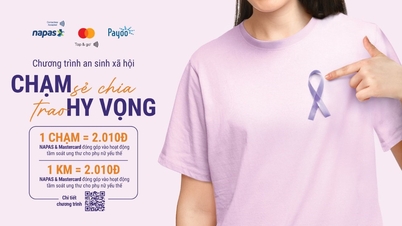





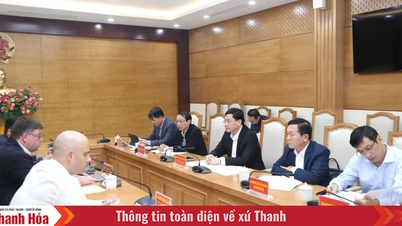
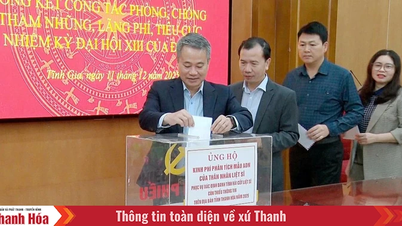
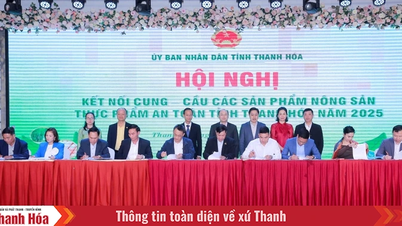





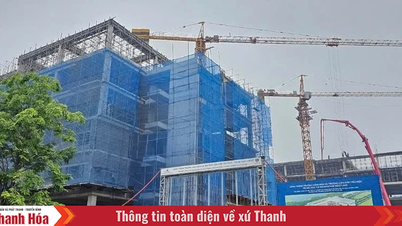


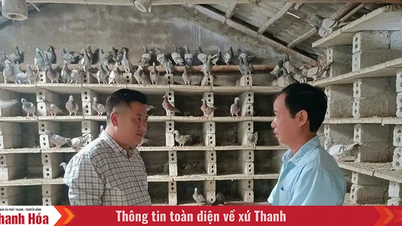
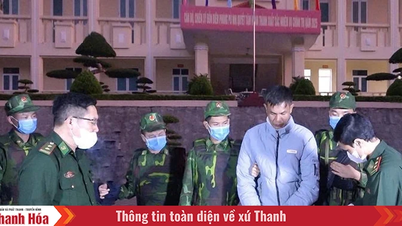




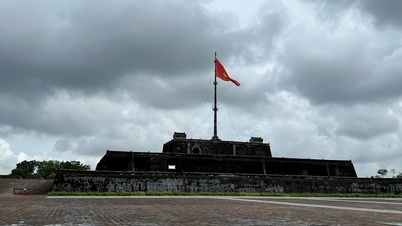

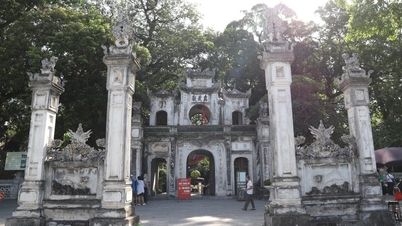

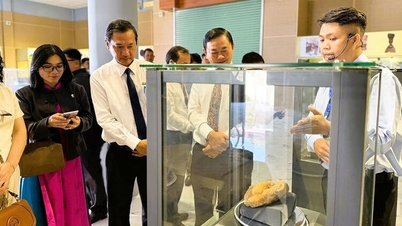














![[OFFICIAL] MISA GROUP ANNOUNCES ITS PIONEERING BRAND POSITIONING IN BUILDING AGENTIC AI FOR BUSINESSES, HOUSEHOLDS, AND THE GOVERNMENT](https://vphoto.vietnam.vn/thumb/402x226/vietnam/resource/IMAGE/2025/12/11/1765444754256_agentic-ai_postfb-scaled.png)












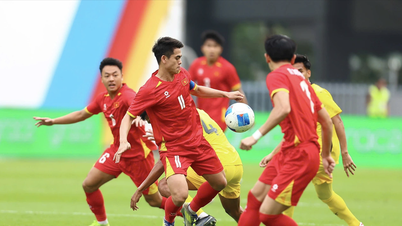
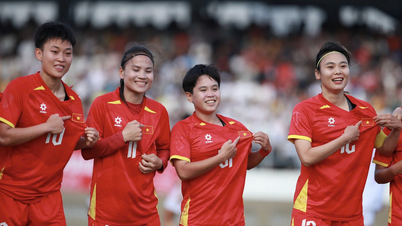








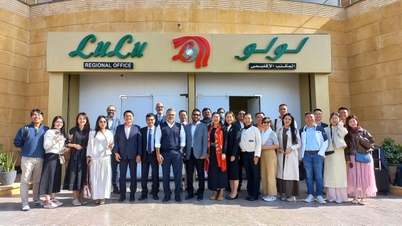



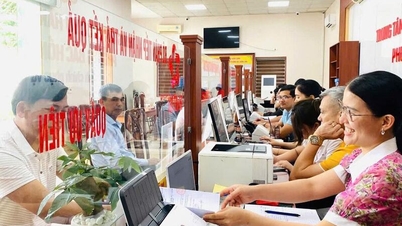
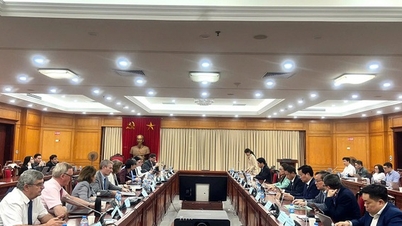



![[Infographic] Preventing students from making their own firecrackers: 7 things parents need to know](https://vphoto.vietnam.vn/thumb/402x226/vietnam/resource/IMAGE/2025/12/11/1765466656703_img_0320_20251211183542.jpeg)





















Comment (0)